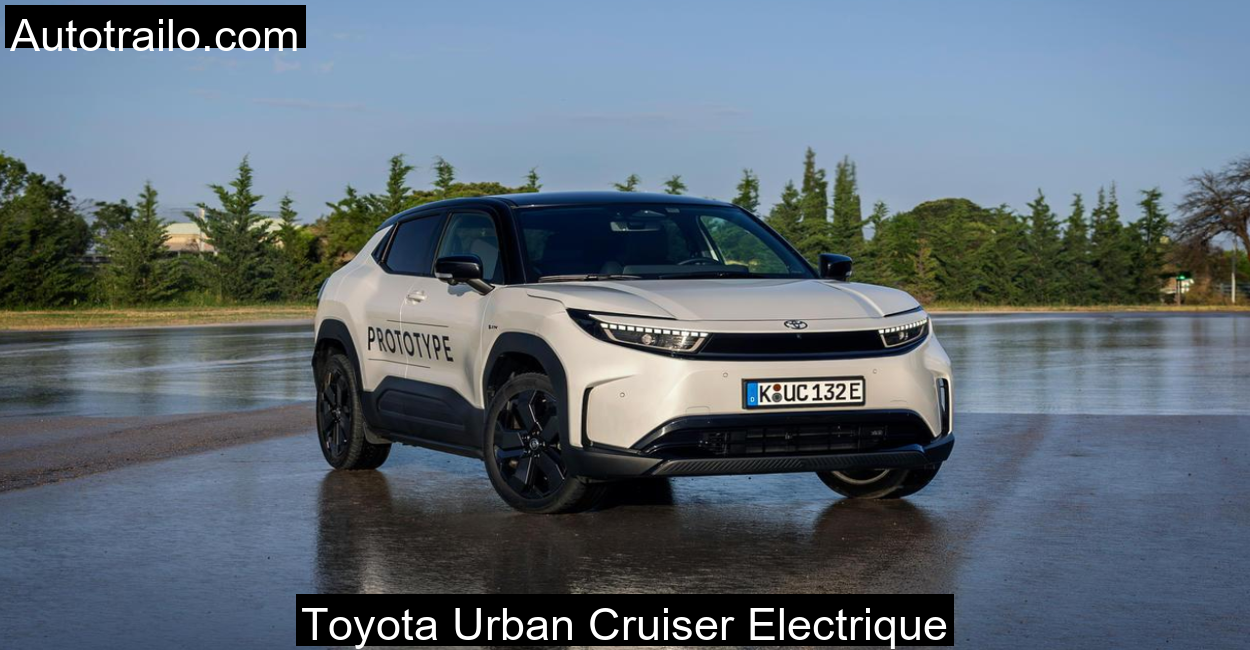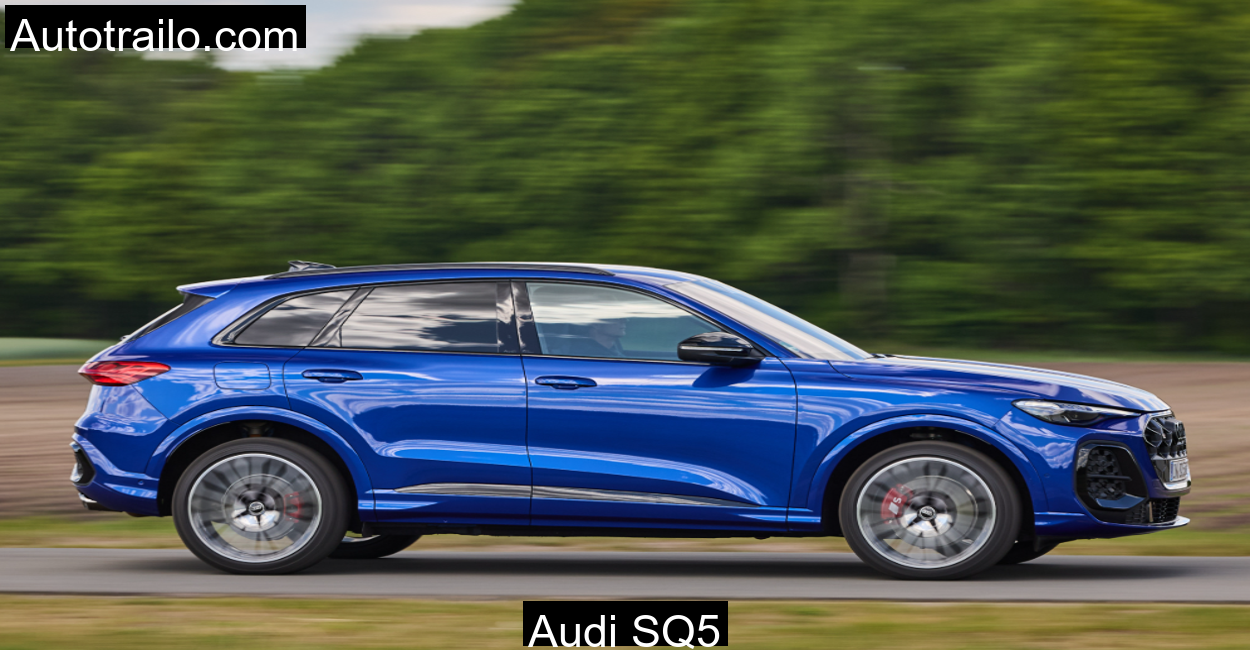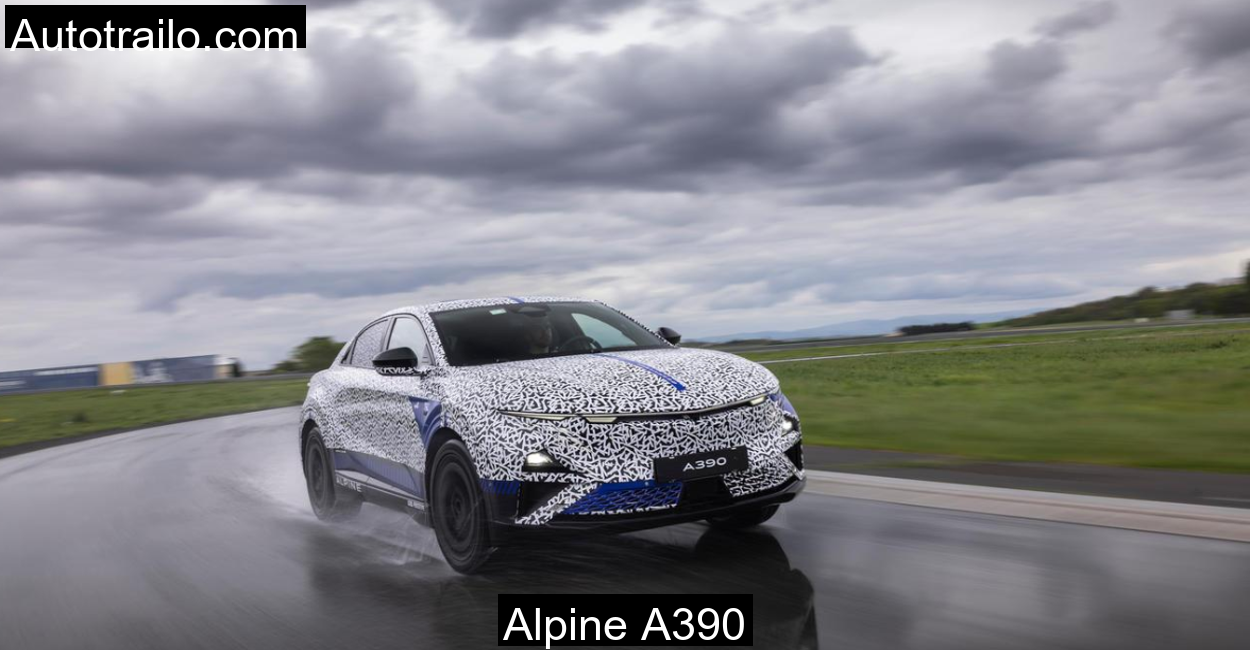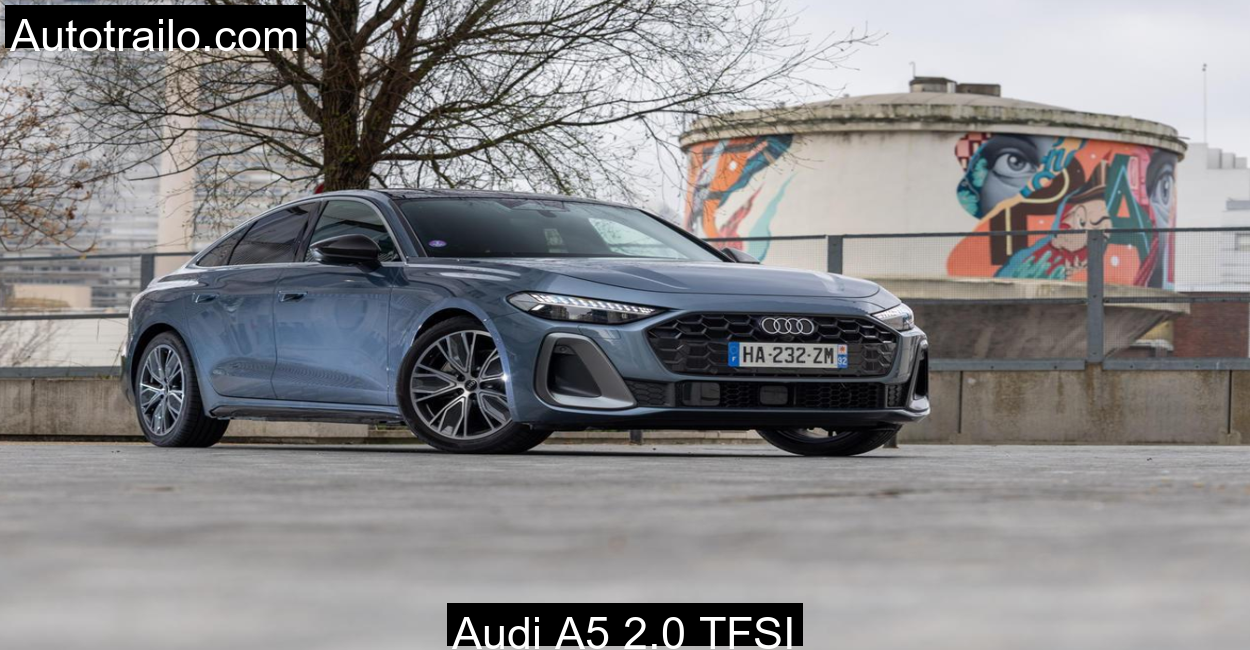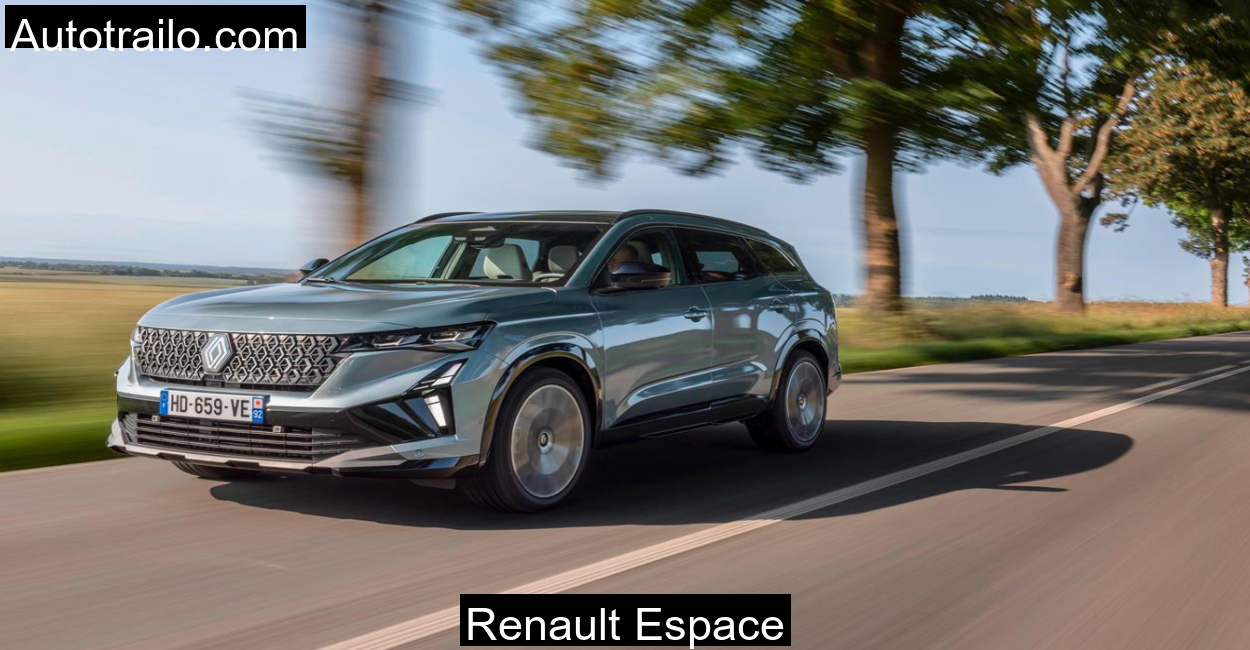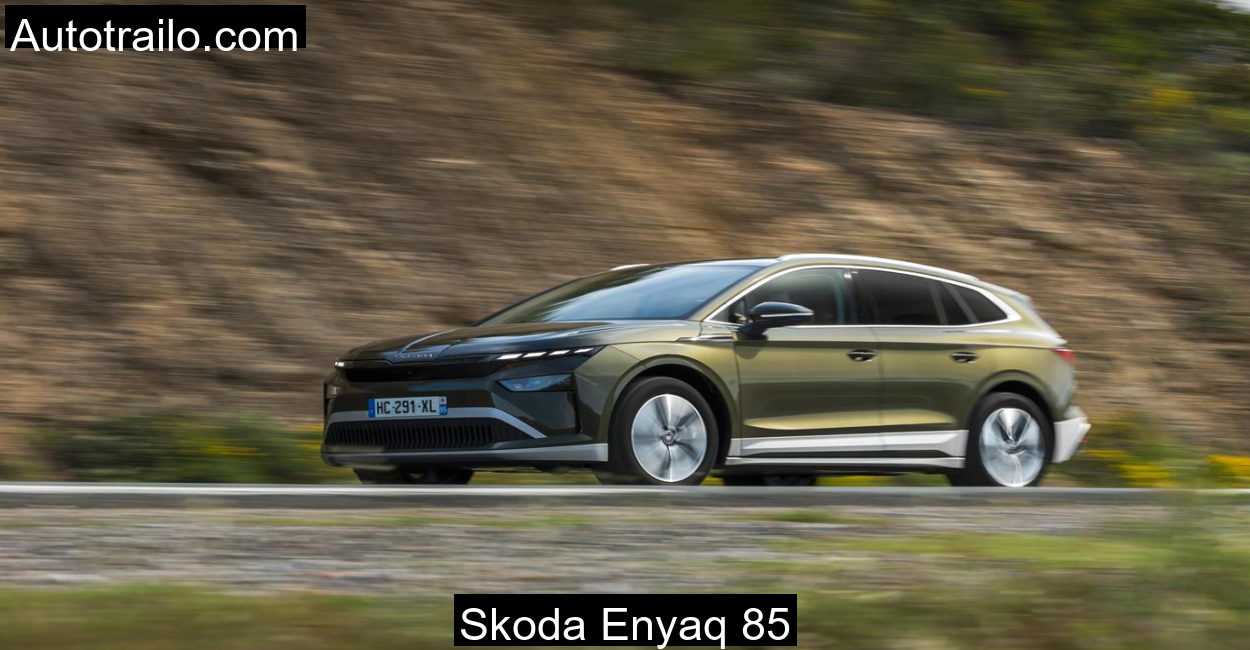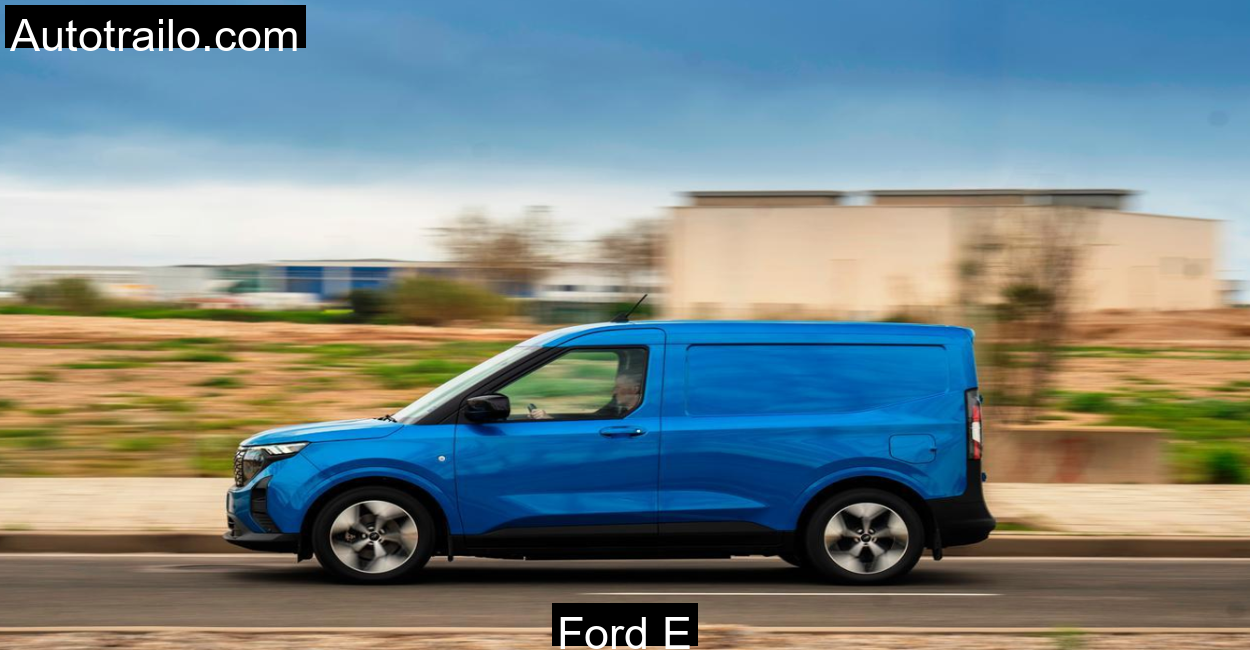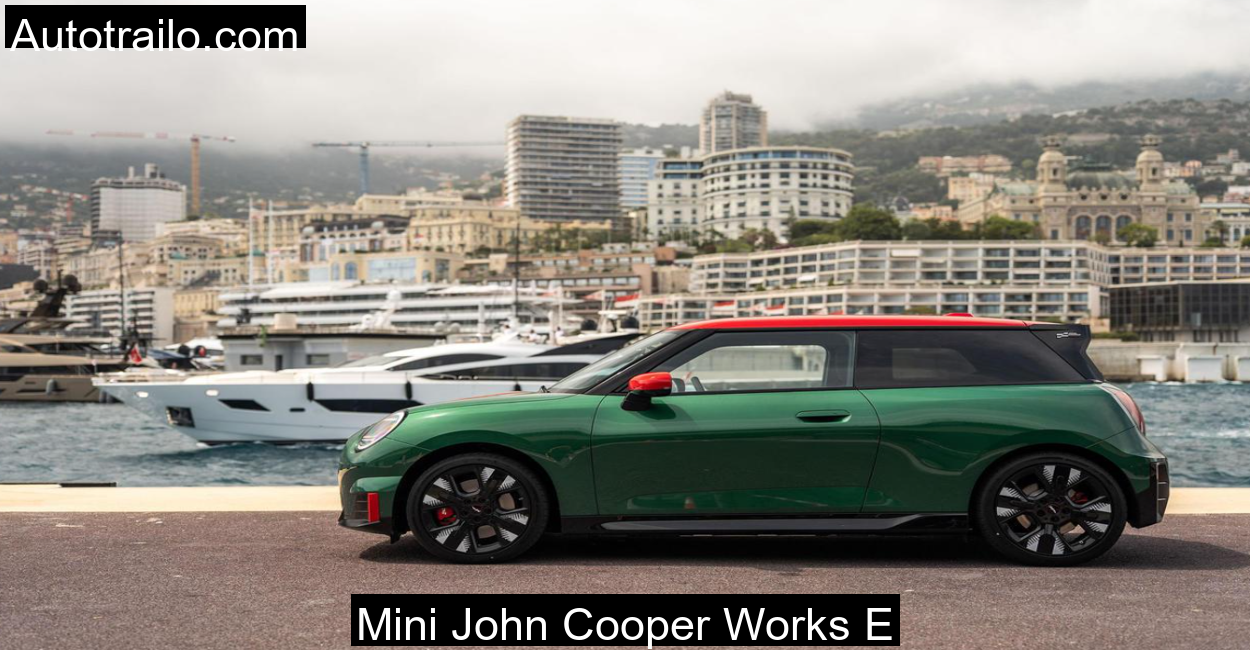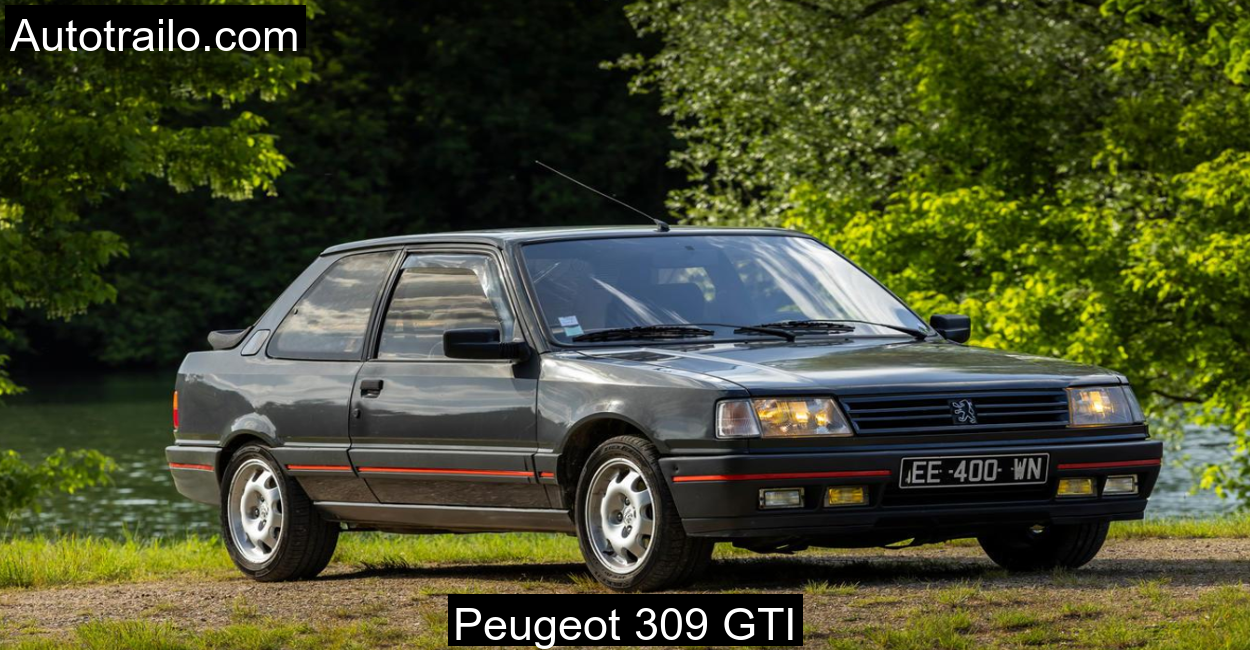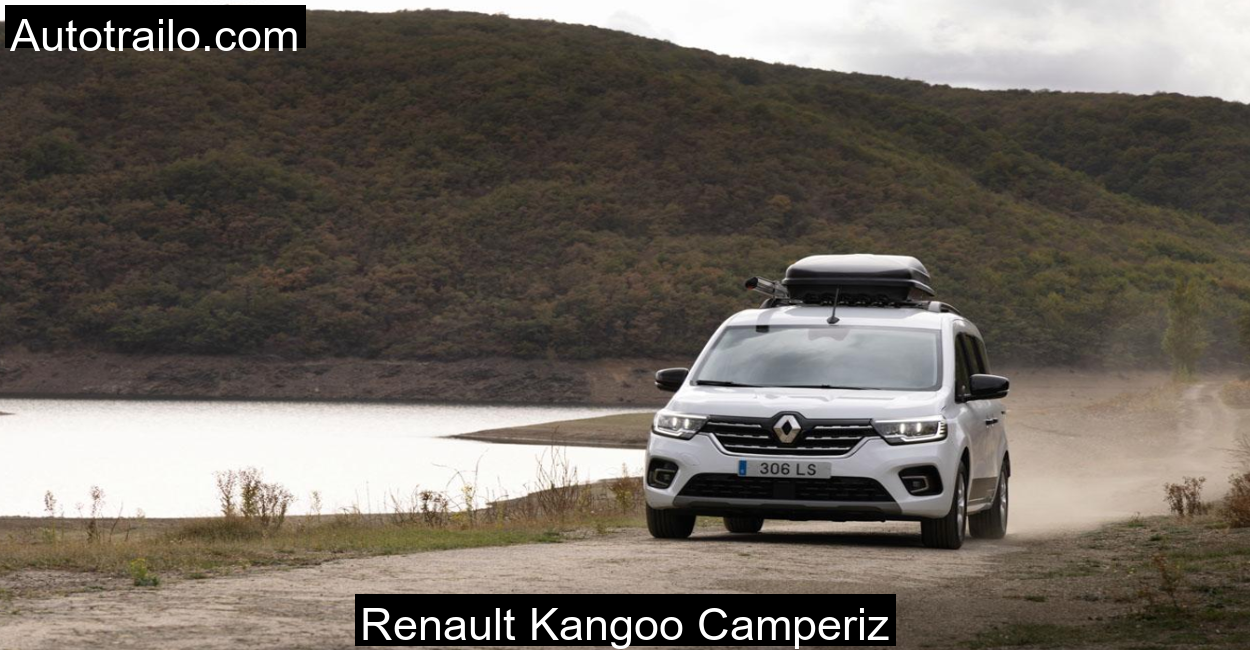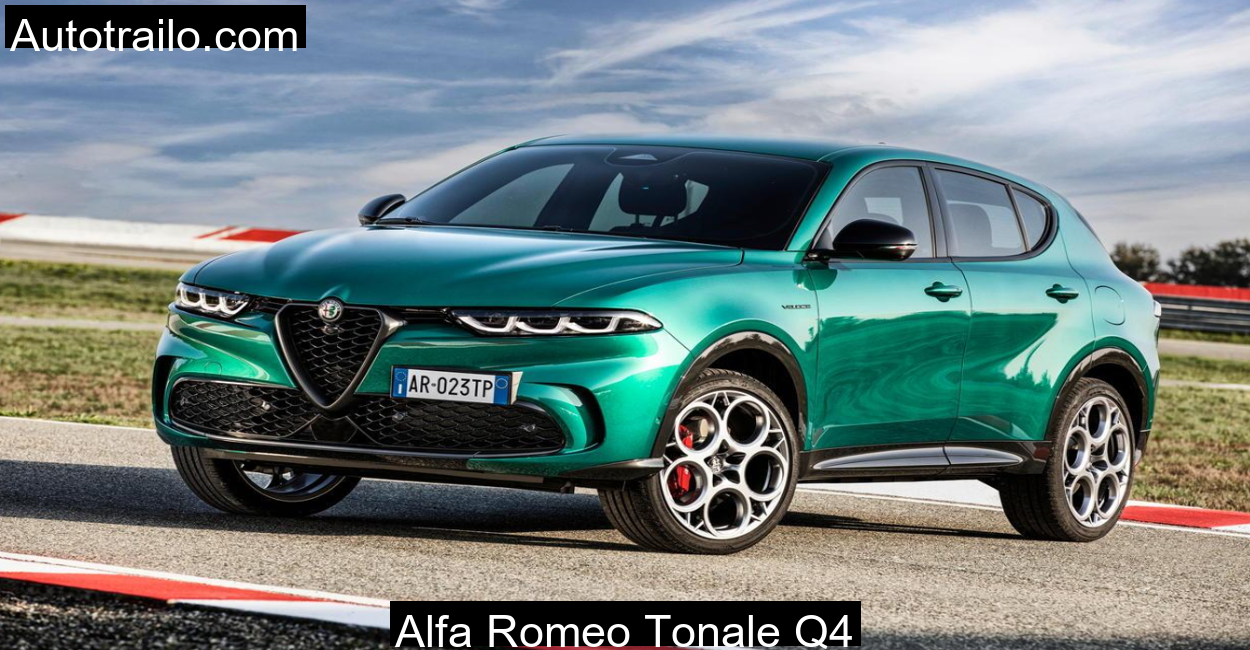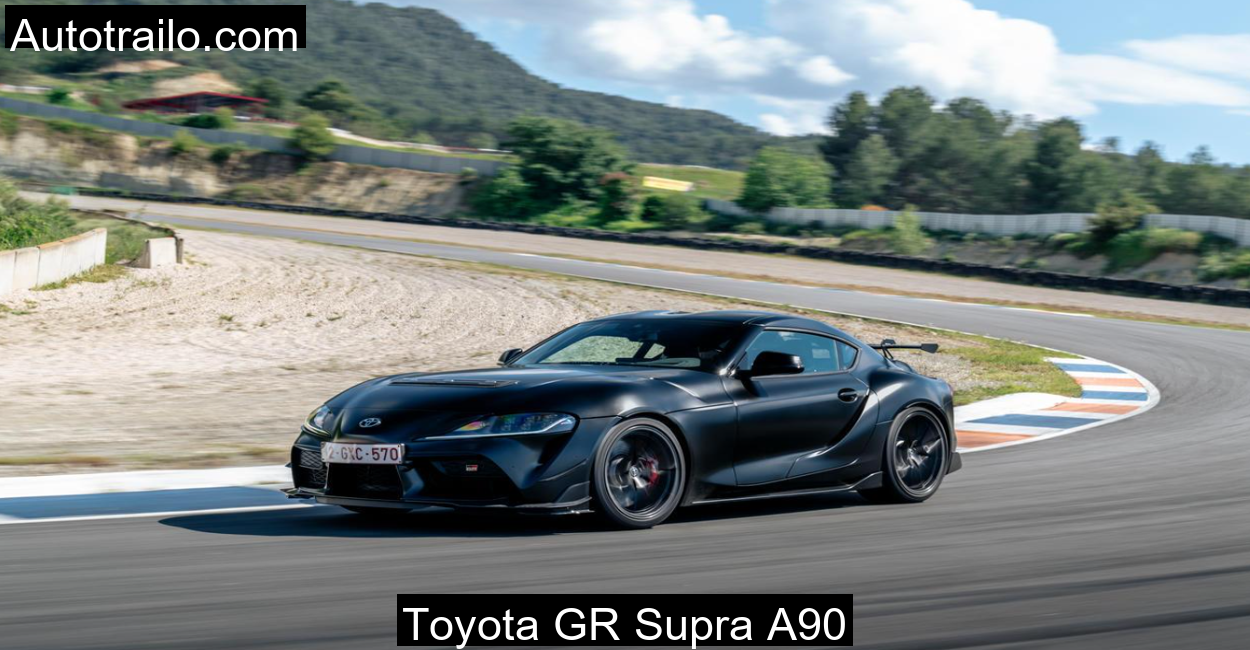Introduction: An Urban EV Meets the Mountains
Electric cars have mostly been seen as city cruisers, best suited for flat roads, dense traffic, and short commutes. But I’ve always wondered, can an EV truly conquer altitude, unpredictable terrain, and thin mountain air? That question was answered during my recent journey to the breathtaking Zoji La Pass, a stretch that connects the Kashmir Valley to Ladakh, driving the all-new 2025 Toyota Urban Cruiser Electric.
This was no regular test drive. It was a deliberate decision to take a B-segment electric SUV, typically at home in city chaos, into the demanding Himalayan curves, onto a road notorious for being narrow, unpredictable, and unforgiving. What unfolded over 140 kilometers from Zoji La to Sonamarg was a mix of awe, analysis, and admiration.
Table of Contents
The Toyota Urban Cruiser Electric – First Impressions in Thin Air
The version I drove was equipped with the 61 kWh battery and front-wheel drive, a middle ground in the Urban Cruiser lineup. From the moment I set eyes on the SUV at the base camp near Drass, the vehicle didn’t scream for attention. It looked humble, practical, and fairly conventional, with subtle Toyota styling that blends in rather than stands out.
Still, the front boomerang-style headlights give it a face that’s a little more assertive than the Suzuki eVitara it is based on. The stance is slightly raised, the wheels are practical rather than flashy, and while it didn’t look like it belonged in a rugged Himalayan setting, it didn’t feel out of place either.
I started the journey early morning with a full charge, temperatures around 4 degrees Celsius, and thin mountain air around me. Despite the altitude, the Urban Cruiser Electric switched on instantly, silently and confidently. With no engine sound, only the gentle whir of electronics reminded me that I was in motion as we pulled away from Drass.
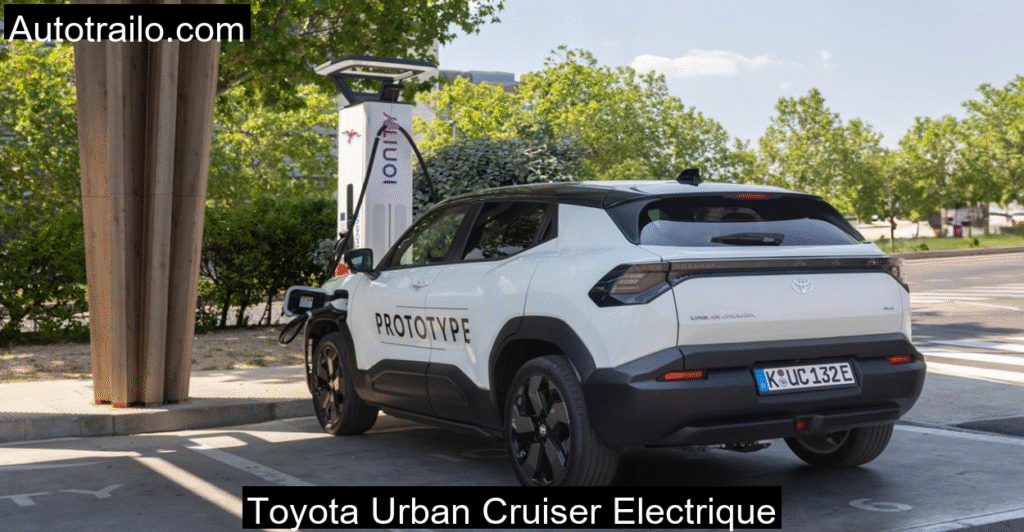
Technical Specifications of the 2025 Toyota Urban Cruiser Electric
We eliminate uncertainty by sourcing all Toyota’s technical info directly from the brand’s site.
| Specification | 49 kWh FWD | 61 kWh FWD (Tested) | 61 kWh AWD |
|---|---|---|---|
| Battery Type | LFP | LFP | LFP |
| Power (hp) | 144 | 174 | 184 |
| Torque (Nm) | 193 | 193 | 307 |
| 0–100 km/h | 9.6 sec | 8.7 sec | 7.4 sec |
| WLTP Range (km) | 344 | 426 | 395 |
| Charging Time (DC 10–80%) | 45 min | 45 min | 45 min |
| Charging Power (AC/DC) | 11 kW / 90 kW | 11 kW / 90 kW | 11 kW / 90 kW |
| Length × Width × Height (m) | 4.29 × 1.80 × 1.64 | 4.29 × 1.80 × 1.64 | 4.29 × 1.80 × 1.64 |
| Boot Space | 306–562 L | 306–562 L | 306–562 L |
| Curb Weight | 1700–1742 kg | 1760–1839 kg | 1860–1939 kg |
Climbing the Himalayan Spine – Performance and Handling
Zoji La Pass, located at 11,575 feet, is not the friendliest road for a newcomer. It offers a chaotic mix of steep inclines, hairpin bends, loose gravel, and the occasional melting glacier water trickling across the road. The Toyota Urban Cruiser Electric handled the terrain better than expected.
The 174 hp motor may not sound mind-blowing, but the torque delivery was immediate, linear, and consistent. There’s no lag, no searching for gears, and no second-guessing. The car just moves forward, almost intuitively. The single-speed reducer transmission removes the need for constant shifting, making the climbs smooth, especially in tight uphill turns where a combustion engine might fumble for the right gear.
While the EV is not purpose-built for off-roading, Toyota’s traction control, hill hold assist, and regenerative braking helped in tricky sections. I experimented with one-pedal driving in moderate slopes. It worked well, though descending steep grades still required manual braking. The regen strength can be adjusted, but doing so via the infotainment screen is cumbersome and not ideal when driving through patches of fog and ice.
Comfort and Cabin Experience – Inside the Cloudline
One of the biggest surprises was the cabin comfort. The roads were anything but smooth, yet the suspension absorbed most imperfections without sending vibrations into the seat. Vertical oscillations were present but never intrusive. The seats, while supportive in general, felt slightly upright and could use more side bolstering, especially during turns.
The 10.25-inch digital instrument cluster is well laid out and allowed quick glances for range and regen updates. The 10.1-inch infotainment, however, lagged slightly in responsiveness. I appreciated the presence of physical buttons for climate and audio controls, especially while wearing gloves in sub-zero temperatures.
Visibility was exceptional. The Urban Cruiser’s large glass area, high seating position, and generous rear camera resolution made maneuvering around tight bends and unpredictable traffic less stressful. The panoramic sunroof added to the airy feel, making every sunrise across the snow-laced ridges feel cinematic.
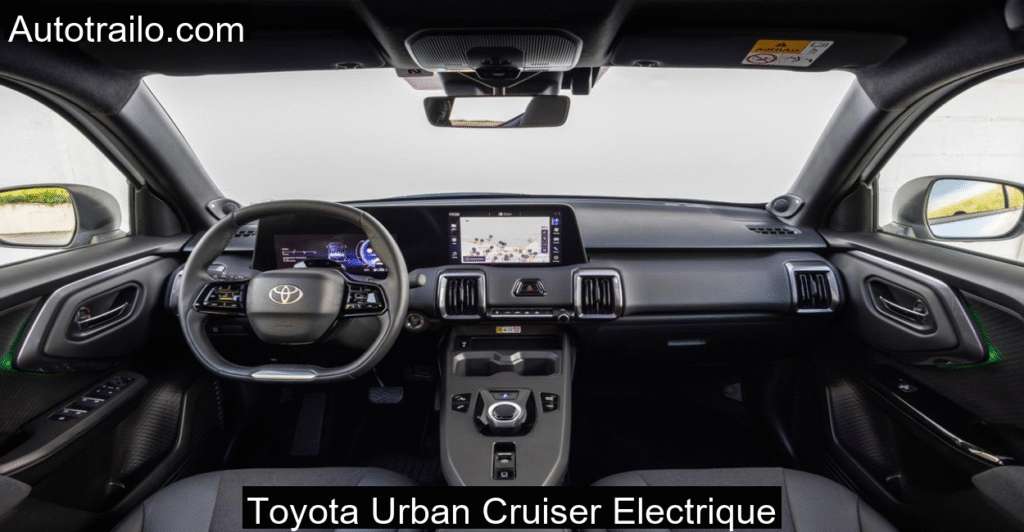
Battery Performance and Range Anxiety in the Mountains
Electric cars and cold climates have a complicated relationship. As the day progressed and temperatures dipped further during shaded sections, I kept a constant eye on the battery levels. Toyota’s choice of LFP batteries from BYD is a double-edged sword, offering longevity and safety at the cost of energy density.
Despite a 426 km claimed range, real-world driving in cold and elevation-heavy terrain took a toll. With regen usage and eco mode activated during climbs, I managed a respectable 315 km on a single charge. This included several power-hungry overtakes and stops at viewpoints.
Charging infrastructure between Zoji La and Sonamarg is minimal, so this route isn’t for the unprepared. I had arranged a Level 2 portable charger and access to a generator-powered station at our Sonamarg guesthouse. Fast-charging from 10 to 80 percent took about 50 minutes, slightly longer than claimed. But it worked without glitches, which is more important than speed in remote locations.
Design, Space, and Utility – Function Over Flash
There’s a quiet efficiency in the Urban Cruiser’s design. Nothing screams for attention, but everything works in harmony. The sliding rear bench came in handy when carrying our drone gear, camera bags, and thermals. We moved the bench forward to increase boot space to 562 liters and still had enough legroom for two team members in the back.
While interior plastics felt basic in places, the dashboard design, door handle placements, and raised center console provided a functional layout. The JBL audio system did justice to our road trip playlist, and the MyToyota mobile app allowed us to pre-condition the cabin before starting the descent on day two.
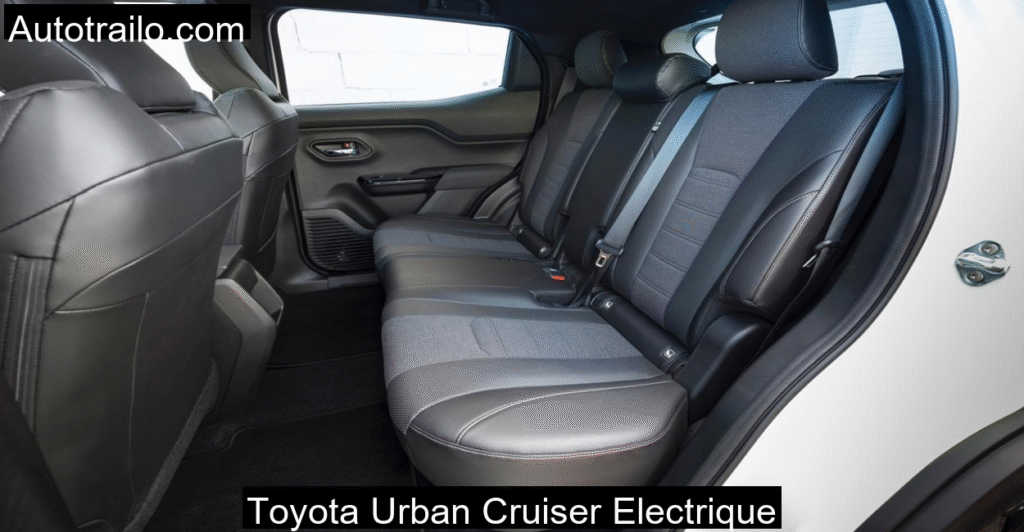
Conclusion – The Urban Cruiser’s Unexpected Ascent
By the time we rolled into Sonamarg, the Toyota Urban Cruiser Electric had proven more than just a prototype on paper. It is a capable, composed, and intelligent urban SUV that does not shy away from a mountain challenge. Sure, it is not perfect. Charging times are on the higher side, and the UI experience can be better. But in terms of comfort, torque delivery, drive modes, and spatial efficiency, it delivers far more than expected.
It is not a trail-conquering 4×4. But it is a well-built urban explorer that handled one of India’s most demanding roads with poise and practicality. I came down from Zoji La not just impressed, but surprised, and maybe even a little converted to the idea that EVs aren’t just for the cities anymore.
FAQs
How long does it take to charge the Urban Cruiser on a fast charger?
On a 90 kW DC fast charger, the vehicle charges from 10% to 80% in approximately 45–50 minutes. In our mountain test, using a generator-powered DC unit, it took just under 50 minutes due to ambient temperature affecting charging speed slightly.
Is the Urban Cruiser comfortable for long drives and mountain trips?
Yes, the Urban Cruiser Electric offers impressive ride comfort even on rough terrain. Its suspension handled the uneven Himalayan roads well, and the cabin insulation kept the drive quiet and calm. The seats could use more lateral support for twisty roads, but overall comfort was commendable for long journeys.
Does the Urban Cruiser have any specific off-road features?
While it is not built as an off-roader, it includes practical features like hill hold assist, traction control, and regenerative braking. These assist in steep climbs and descents, but it lacks advanced terrain modes or low-range gearing typically found in 4x4s.
Is there an all-wheel drive version of the Urban Cruiser Electric?
Yes, Toyota offers a 61 kWh AWD variant that delivers 184 hp and 307 Nm torque. It improves grip and acceleration in tricky conditions but wasn’t part of our Zoji La test drive. The FWD version still performed well under moderate snow and gravel sections.
